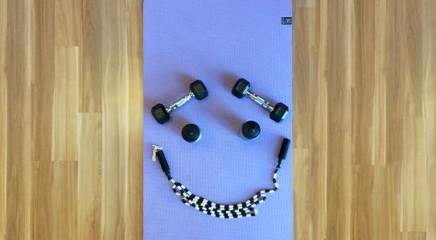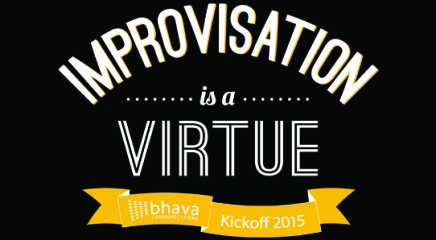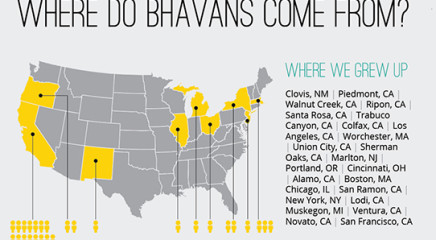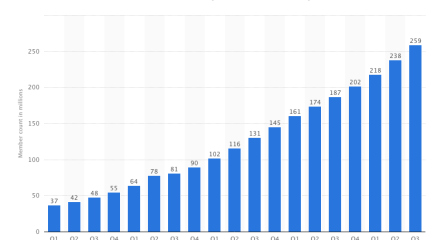Shedding Light on the Art of SEO
“What is SEO?” is a common question that new digital marketers ask themselves. Let’s first tackle this question with a simple definition:
SEO, or Search Engine Optimization, is the process of implementing specific practices on a website to help it climb in search result rankings and ultimately drive more traffic to and conversions from that website.
Though SEO can seem intimidating at first, there are several simple actions digital marketers can take to optimize their websites. Below are 11 practical suggestions for SEO best practices that we have leveraged for our own clients’ websites, as well as Bhava’s website. These can be implemented fairly easily and should help increase traffic to your site.
- 1. Content, content, content!
We know you’ve heard this before, but the best way to rise in search engine ranking is to have high quality, relevant content on your website. Period. - 2. Keyword strategy
A keyword strategy entails creating a list of target keywords to weave throughout your content, URLs, links and metadata of the website. It is also important to include these keywords across all the places where you have an online presence (e.g., link building, Twitter, Facebook, Google+, LinkedIn, YouTube, etc). Your keyword strategy should drive a continuous process where you monitor, analyze and adjust keywords based on their successful or negligible impact on your website traffic and digital campaigns. - 3. Keyword density
More does not equal better. Search engines flag and lower site rankings for websites that engage in keyword stuffing (adding as many keywords as possible to a page with the goal of ranking for all of those keywords). For example, for the on-page content for a given web page, you’ll want to target one to two keywords and feature them in less than 3 percent of that content. - 4. Competitive analysis
The best way to engage in competitive SEO analysis is to do a search on keywords — using tools such as the Google AdWords Keyword tool, SEMRush and/or SEOMoz (future blog post to come about SEO tools) — for which your website ranks and also for keywords for which your competitors rank. Be ready to be surprised: through an empirical SEO lens, you may find that your competitors may not be who you thought they were. Carefully evaluate competitors’ website content to determine how to differentiate yourself — see what they’re writing about and which keywords and audiences they are targeting so that you can mindfully differentiate your site and services. - 5. Analytics, metrics and reporting
Setting up analytics, monitoring them frequently, and reporting on metrics regularly are some of the most important aspects of SEO. Data such as web traffic stats, keyword performance and competitive comparisons all provide valuable insights about ways to increase the effectiveness of your website and campaigns. No one analytics tool will give you enough information to fully optimize your site. In order to get a good understanding of where your site succeeds and what it could improve upon, you must utilize a variety of analytics tools/metrics and correlate them to come up with conclusions about what is or isn’t working. Web analytics aren’t a one-time solution, it’s important to constantly monitor your website’s metrics and make changes accordingly since there are constant external changes on the internet (e.g. search engine algorithm changes) that will affect your site’s performance. - 6. Metadata
Though the importance of metadata in SEO has decreased with search engine algorithm changes over time, having well thought out meta tags can still help improve site rank as well as clarify a page’s purpose to potential visitors arriving from search results. Suggestions to improve meta tags include deciding on the best one to at most five keywords to target per page in the metadata, as well as coming up with a title and description that speak to your target audience. - 7. Inbound links (or backlinks)
Inbound links or backlinks are a kind of vote of confidence one site gives to another, and in the past were viewed as the highest yielding traffic drivers to a website. More recently, social media likes and shares have replaced links as the most sought after online value driver. However, a link building campaign still helps in driving traffic to a site as well as increasing search engine rank, and it should still be used in a holistic SEO strategy. - 8. Pretty URLs
One often forgotten but important element of SEO is URL structure. Many site building, marketing automation and content management tools automatically generate URLs that are not “pretty” or SEO friendly. It is imperative to incorporate a URL naming strategy with your keyword strategy to ensure URLs are not only keyword-rich, but also search-engine friendly (generally, no more than 70 characters).
Example of a friendly, “pretty” URL: www.bhavacom.com/blog/short-title
Example of an unfriendly URL: www.bhavacom.com/content/blog/posts/very_long_title_with_underscores_instead_of_dashes - 9. Image/Video/Audio SEO
It can be easy to forget images, videos and audio when it comes to SEO, yet it has become increasingly more important to include these in your SEO strategy since these elements are the most likely to be shared by your visitors. Using mechanisms like alt tags and adding captions to these content formats makes them SEO friendly. - 10. Sitemaps
XML Sitemaps allow search engines to more easily crawl your site as well as discover pages that may have been missed otherwise. They ensure all pages on a site are indexed so that potential visitors can search for and find all pages on that site. If you need some guidance, you can build an XML sitemap using http://www.xml-sitemaps.com/. - 11. Stay on top of your game!
One of the most important elements of SEO is to keep up with ever-evolving website best practices and the latest in search-related news. SEO rules are constantly changing, which means your site needs to change with them to stay relevant and on top of rankings. A couple of good sites to follow are http://www.seomoz.org/ and http://searchenginewatch.com/.
There are a variety of additional SEO best practices that could be added to this list and the tips above could be elaborated upon in much more detail. Entire careers are built on the art and science of SEO, but these 11 suggestions are the ones we have found most important for driving traffic, producing conversions and otherwise optimizing the websites we’ve managed. Feel free to share your favorite SEO optimization tips in the comments section below.



















































